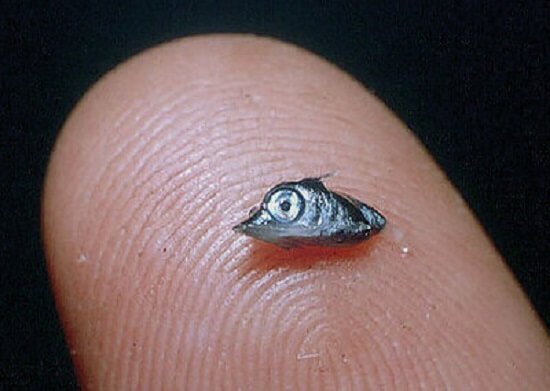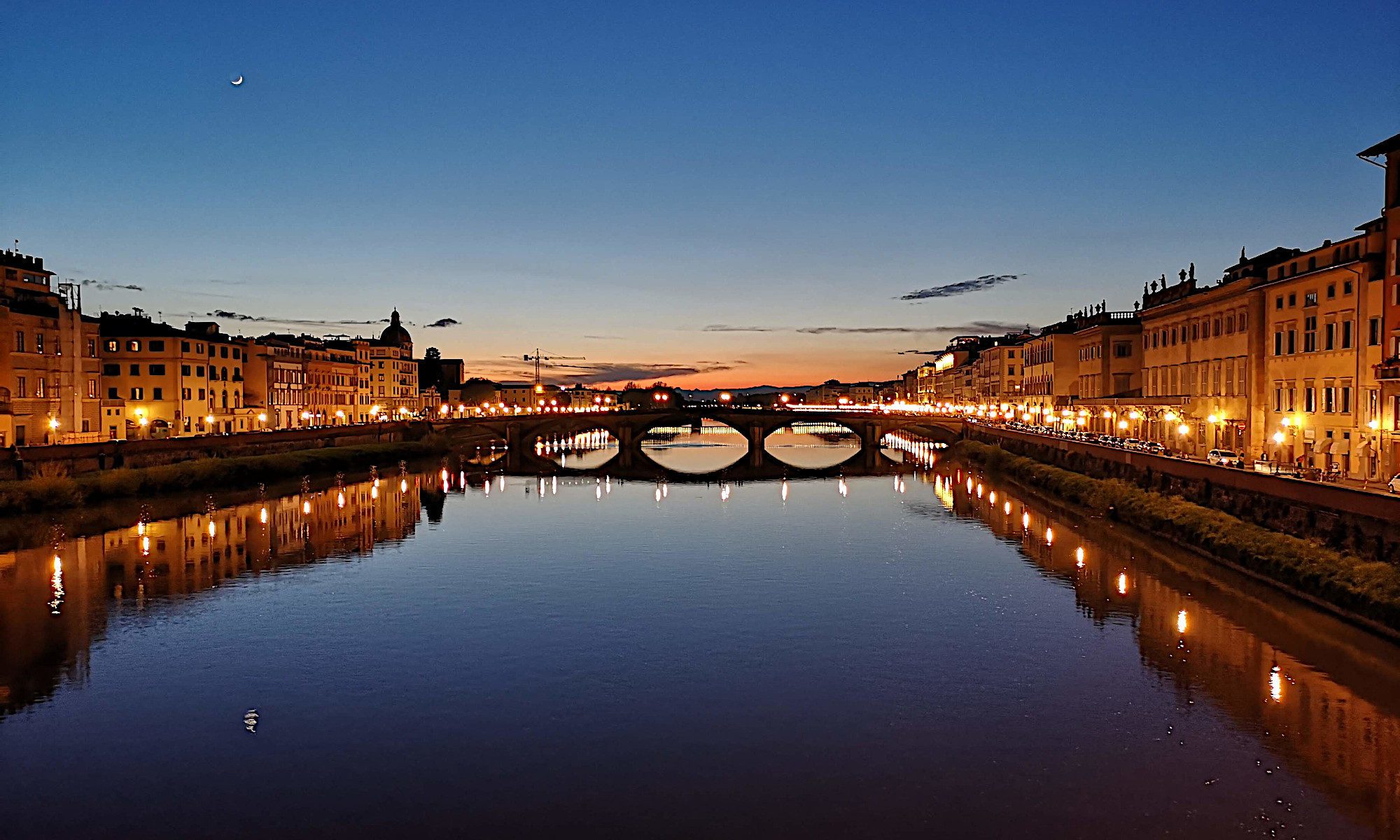
From Lars Wegner for VG: “On 3 June 1995, a young woman is found dead on the bed in Room 2805 of the Oslo Plaza, shot through the forehead with a Browning 9 mm pistol. She checked in as Jennifer Fergate, but the name is false. Who is this stylish woman? Why are the labels removed from her clothes? Why is she carrying 34 rounds of ammunition? Why has no one reported her missing? In 2017, in collaboration with the Oslo police, VG makes a final attempt to learn the identity of the Plaza woman. What really happened in Room 2805? Fake name, clothing labels removed, and nothing at all in the room to indicate the young woman’s identity. No passport. No wallet, no money, no credit card. No handbag, driver’s license or keys. Not even toiletries or make-up.”
The Cold War’s most important hot dog stand

From Dan Lewis at Now I Know: “The hot dog stand in the picture was located in Arlington County, Virginia, embedded inside the U.S. Department of Defense’s headquarters, better known as the Pentagon. During the Cold War, planning operations happened inside the building, of course, but the Pentagon’s design has an outdoor section as well — a courtyard in the center of the facility. And toward the center of the courtyard was the hot dog stand in question. On a nice day — and Virginia has pretty good weather — many a Pentagon employee would go to the hot dog stand (and it served more than just hot dogs) for lunch. Which is what prompted the reported confusion. Reportedly, by using satellite imagery, the Soviets could see groups of U.S. military officers entering and exiting the hot dog stand at about the same time every day. They concluded that the stand was the entrance to an underground bunker.”
Note: This is a version of my personal newsletter, which I send out via Ghost, the open-source publishing platform. You can see other issues and sign up here.
When the wind brings madness

Amelia Soth writes for JSTOR Daily: “In a little town in Switzerland, the wind begins to change. The sky clears to a crystalline blue; the air turns balmy. A fluffy bank of clouds begins to curl over the mountain peaks to the south. It’s as perfect as a postcard, but to a few people in the town below, it spells disaster. These are the signs of an incoming Foehn, a warm, dry downslope wind that is rumored to carry a whole host of mysterious symptoms on its back: migraines, depression, confusion, increased risk of accidents, and more. Many are immune to the effects of the Foehn (föhn), but those who suffer from it consider themselves to be föhnfühlig, “Foehn sensitive.” There are even special weather reports intended for the sensitive, warning that a disquieting wind is due.”
With a brush made of his own hair, he painted to survive in a Nazi POW camp

From Andrew Esenten for Berkleyside: “Paul Canin sits in the bright, low-ceilinged living room of his Berkeley home on a recent afternoon, flipping through the yellowing pages of the diary he kept during World War II. As a radar navigator in the U.S. Army Air Forces, the second lieutenant participated in several missions across Europe. On Sept. 13, 1944, his B-24 Liberator was bombing oil refineries near the Auschwitz concentration camp in Poland when it was shot down by Nazi anti-aircraft weaponry. Six members of Canin’s 11-man squadron died. Canin wascaptured and held for eight months in a POW camp in northern Germany for American and British officers, an experience he documented in the Red Cross–issued diary using a brush he constructed from his own hair and paints he borrowed from another prisoner. “
Llama dressed as groomsman surprises guests at New York wedding

From Erin Clack for People magazine: “Many animal-loving couples include their dogs and cats in their wedding ceremonies — but a New York duo had a well-dressed llama hoof it down their aisle. According to Llama Adventures at Buffalo Creek Llamas, the llama farm was recently contacted by the mother of a bride looking to make her daughter’s animal dreams come true. Llama Adventures said the bride, Tara, wants to own a llama farm someday, so Tara’s mother thought it would be fun to surprise her daughter, her son-in-law Adam and the entire wedding party with a llama groomsman on the big day. The bride’s mother arranged for a wooly, well-mannered llama named J to appear at the wedding, where he was a huge hit with the newlyweds and the guests.”
Some of Earth’s most famous art started with paint made from stardust

Sanjana Curtis writes for Smithsonian magazine: “Cobalt, discovered by chemist Georg Brandt in 1739, takes its name from the German word kobelt, signifying kobolds—gnomes and goblins thought to haunt mines. It owes its ominous name to the corrosiveness of the minerals (often containing arsenic) it is associated with, which was so hazardous to miners that they thought it must have been placed in the mines by malicious subterranean beings. We now know that cobalt comes not from deadly kobolds but from stellar death—specifically thermonuclear supernovae and core-collapse supernovae. Core-collapse supernovae arise from massive stars, where the collapse of the iron core forges elements like cobalt in the process through the explosive burning of silicon.”
This tiny marlin larvae will grow into an 1800-pound monster
From Massimo on Twitter


Likes
Reposts